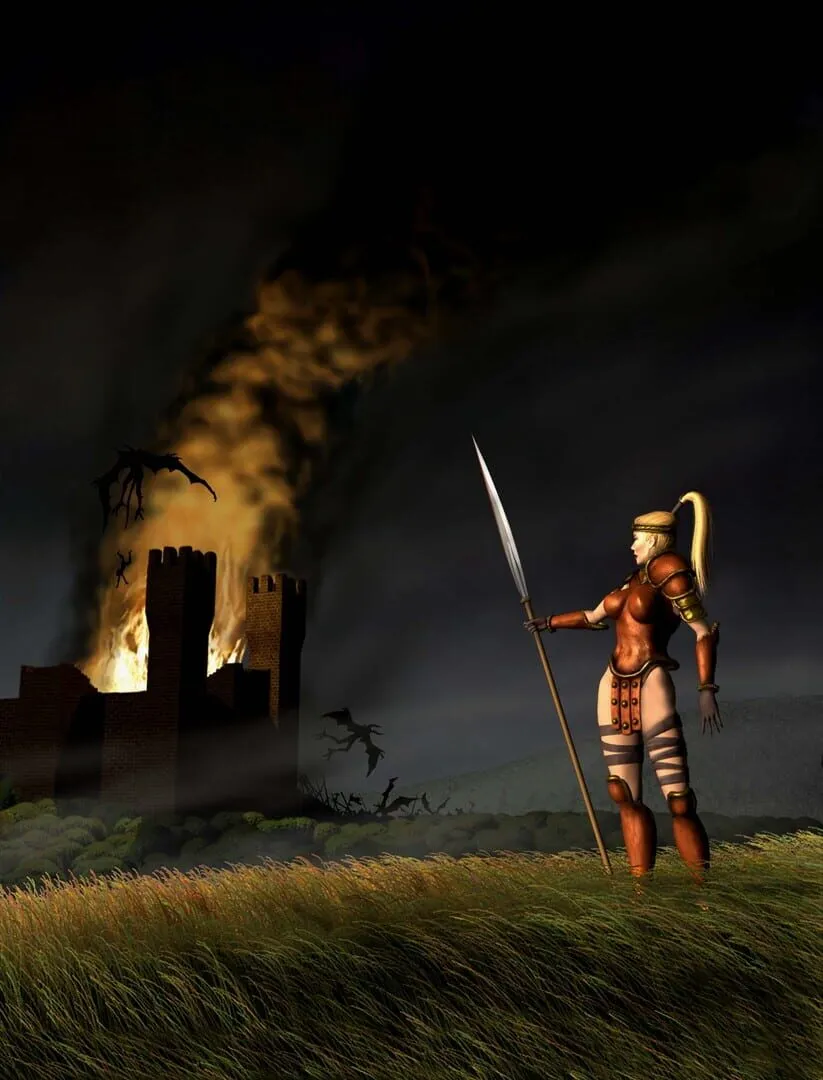Delving into the dark, brooding world of Diablo 2 is akin to opening a Pandora’s box of strategic depth, gear grind, and relentless demon-slaying action. For many, it remains the quintessential action RPG, blending addictively straightforward gameplay with a complexity that rewards the meticulous and dedicated. Whether you’re a fledgling hero stepping into the blood-soaked shoes of one of the game’s iconic classes or a weathered veteran looking to revisit the sinister recesses of Sanctuary, this comprehensive guide aims to illuminate your path from the humble beginnings in the Rogue Encampment to the climactic confrontations in the Pandemonium Fortress.
Early Game Strategy
As your journey commences, the early game in Diablo 2 may seem deceptively simple but is crucial in setting the foundation for your character’s long-term success.
Class Selection
Your first foray into the realm of strategy begins with class selection. Each class comes with its unique playstyle, strengths, and weaknesses:
- Amazon: Versatile fighters adept with bows and spears.
- Necromancer: Masters of the undead and dark arts.
- Barbarian: Towering warriors with unmatched melee prowess.
- Sorceress: Elemental spellcasters with devastating AoE attacks.
- Paladin: Holy warriors blending combat skills with supportive auras.
- Assassin: Agile martial artists using traps and shadow disciplines.
- Druid: Shapeshifters and controllers of nature’s fury.
Choosing a class that resonates with your preferred playstyle is paramount, as it will significantly affect your approach to the game’s challenges.
Skill Allocation
Early on, resist the temptation to distribute skill points across a broad array of abilities. Focusing on one or two skills that can be enhanced with gear and synergies as you level up is a more effective strategy. For example, a Sorceress might invest heavily in ‘Fireball’ and its synergistic skills to increase damage output.
Gear and Loot
Prioritize gear with life, mana, and stat bonuses (Strength, Dexterity) early on. Magic Find (MF) gear, although tempting, is less crucial in the early stages but becomes invaluable later for farming quality gear.
Mid Game Tactics
As you progress and start tackling the game’s mid-section, strategy, and preparation take center stage. The enemies grow tougher, the mazes more complex, and the loot significantly better.
Advanced Skill Strategies
By now, you should be working towards your build’s core skills while also considering utility skills that can aid in survivability or mobility. For instance, the Paladin’s ‘Vigor’ aura can speed up travel between fights, whereas the Barbarian’s ‘Find Item’ can increase loot drops from enemies.
Rune Words and Gear
Mid-game introduces Rune Words, powerful combinations of runes inserted into specific types of gear with open sockets. They can drastically alter your character’s power level. ‘Spirit’ in a sword for casters or ‘Lore’ in a helmet are accessible, yet powerful options that can be game-changers at this stage.
Resistances and Survival
Increasing your elemental resistances becomes critical by Act III and beyond as elemental damage from enemies intensifies. Aim for gear that boosts your resistances to keep your character from being unduly vulnerable to specific attacks.
Late Game Advice
Reaching the late game, you’re now in the thick of Diablo 2’s most daunting challenges, including Hell difficulty, where the true test of your strategic and combat acumen awaits.
Maximize Resistances
Hell mode demands you have maxed resistances to stand a chance against the ferocity of elemental attacks you’ll face. Look for gear, charms, and Runewords that bolster your weakest resistances.
Farming Efficiently
Key areas for efficient farming to bolster your gear include the Pit in Act I, Andariel (Act I boss), Ancient Tunnels in Act II, Mephisto (Act III boss), and Chaos Sanctuary in Act IV. Focus on areas you can clear quickly and safely for the best balance of risk and reward.
Party Play
Solo play is viable, but teaming up with others can significantly enhance your efficiency and capability to handle tougher areas. Coordination and composition can make or break high-level encounters, particularly in the Uber Tristram event or when facing the Pandemonium Event bosses.
Detailed Quest Walkthroughs
While the lure of endless loot and the rush of combat are intoxicating, the core quests of Diablo 2 drive your journey forward, with each act culminating in a showdown with a unique Act Boss.
Act I: The Sightless Eye
- Quest 1: Den of Evil Clear the Den of Evil of all monsters for an additional skill point.
- Quest 2: Sisters’ Burial Grounds Defeat Blood Raven in the Burial Grounds adjacent to the Cold Plains.
… and so on, ensuring every quest is tackled with strategic skill allocation and preparation.
Endgame Scenarios
Finally, the endgame scenarios in Diablo 2 revolve around gearing up for and tackling the most grueling challenges Sanctuary has to offer.
Uber Quests
The Uber Quests (Pandemonium Event) involve collecting keys from specific bosses to access realms where Uber versions of the game’s most formidable enemies reside. Successful navigation and conquest of these realms reward the player with Hellfire Torches, highly coveted unique large charms.
Ladder Play
For the most competitive spirits, Diablo 2 offers Ladder seasons where players start anew, racing against each other to level up and acquire gear in a fresh economy. Participation in Ladder seasons often rewards players with exclusive content and the thrill of climbing the rankings.
In conclusion, your journey through Diablo 2 will be fraught with peril, demanding not just a keen eye for gear and a sharp mind for strategy but also the resilience to push through when the RNG gods seem against you. Whether braving the depths solo or forging alliances with fellow adventurers, the path to defeating the Prime Evils is a storied quest of epic proportions. Every failure is a lesson, and every victory, a testament to your growing legend in the annals of Sanctuary. Embrace the grind, champion, for glory awaits.

